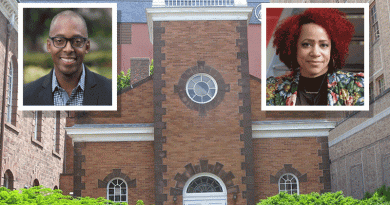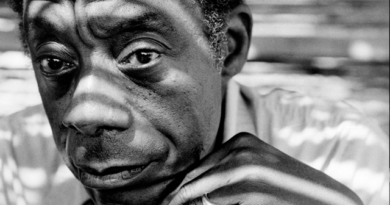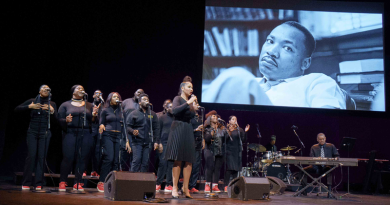The Healing Power of Jazz
The jazz drummer Phil Young turned seventy last year. He still plays every Thursday, at the Lenox Saphire, in Harlem, from seven until eleven, at an event he calls “The Gathering of the Harlem Hip.” “Music has a very healing energy,” he tells the filmmakers Jay Dockendorf and Kenny Sule in this short film. “It deals with a force. It’s vibrations.” Young has a broad face that frequently creases into a smile. When you meet him, he looks at you with a wide, childlike grin, his head tilted slightly forward, carefully watching how his words affect you. But when he’s playing drums in bars and restaurants, or in schools, or on the street in Harlem, his expression is different: he puckers his face, eyes crimped, lips stretched into a broad oval, tongue flattened across the bottom of his open mouth in a cry that’s either silent or drowned out in a righteous swell of jazz.
Young has been playing drums on and off since Bobby (Blue) Bland spotted him at an amateur night at the Apollo Theatre, when he was fifteen, and invited him to come play in black night clubs across the South. Since then, he has toured internationally and played with greats such as Stanley Turrentine, George Benson, and Dizzy Gillespie. “There are times when insecurity creeps in,” Young admits. “Music has helped me to heal myself. Sometimes you don’t want to believe your press, but in fact I do make people happy.” In the film, Young tells two stories of how he’s watched his music heal people. Witnessing the power of his music firsthand is a singular experience. I have seen unhappy couples reconcile at Phil’s nights. I have seen people exhausted from a day’s work uncoil into their evenings. I have seen a hundred-and-something-year-old woman launch from her seat and dance in front of his band.
I once spoke to Rodney Jones, the jazz guitarist, about Young. “He is the keystone of a musical arch that spans generations,” Jones said. He spoke about some of the jazz giants whom Phil has learned from and played with—Gillespie, Turrentine, Lee Morgan, Art Blakey. “If you think of jazz as a tree, they’re the rings around the trunk of the tree. Phil is a particularly beautiful branch of the tree. He is a throwback—and I mean that in the best possible way—to an earlier time, when the music was about what you felt,” Jones said. “In every generation, there are the unsung heroes, those people who get up in the morning wanting to leave the world a better place than they found it. Everyone that Phil has touched has felt it. He’s changed their lives. I mean, how do you quantify changing one person’s life? And Phil has changed so many.”


